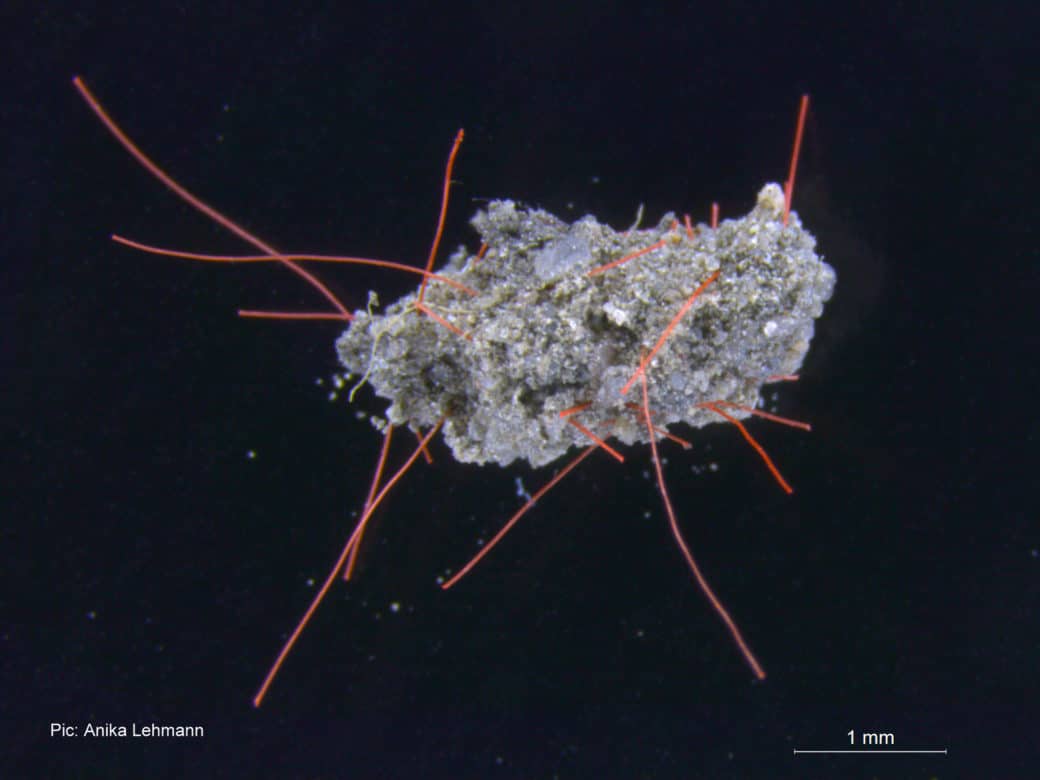Microplastic occurrence and effects on soil fungi and processes along land-use gradients in the framework of the Biodiversity Exploratories

Plastics are a series of synthetic or semi-synthetic organic compounds consisting of polymers. At the end of their life cycle, they become waste and can accumulate in ecosystems through natural pathways and mismanagement. Physical and chemical processes degrade the plastics into smaller fragments with a concurrent increase in abundance and global distribution. This process has been studied extensively in marine habitats and now also begins in terrestrial ecosystems. Particles with a size between 5mm and 0.1μm are called microplastics and have special characteristics that are expected to have effects on soil biota, parameters, and properties.
The aim of the project is to examine the occurrence of microplastic particles and their interactions with soil microbial communities, especially fungi, and soil processes. Furthermore, we test microplastics for any links with components of land-use intensity.
In a field experiment, we incorporate retrievable mesh bags with artificially added microplastic fibres for one year in soils of the Biodiversity Exploratories (grassland VIPs). The effects on soil fungi are examined via Illumina MiSeq high-throughput sequencing. We also analyse soil functions such as microbial activity, soil aggregation, and decomposition.
We also will quantify microplastic in soil in the grasslands of the exploratories. After separation from the soil, particles are identified by means of FTIR (Fourier transform infrared spectroscopy) and thus microplastic contents quantified.
- Microplastic concentration in soil correlates with the land-use index (LUI).
- Microplastic fibres in the soil change the fungal community and influence process rates, also in dependence of the different soils.
Public Datasets
Microplastic effects on the soil (YouTube videos – in Palatine German dialect)
Link to the channel: https://www.youtube.com/channel/UC6Jd3dr_RR0S1_N1gXDReTw/









